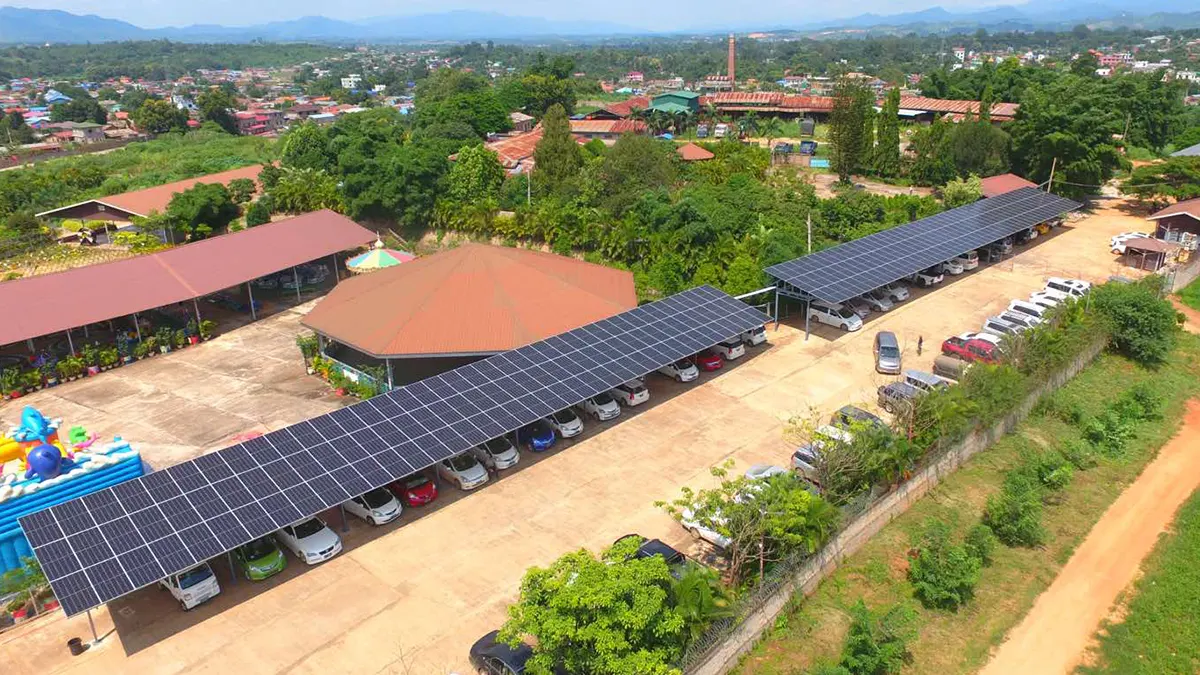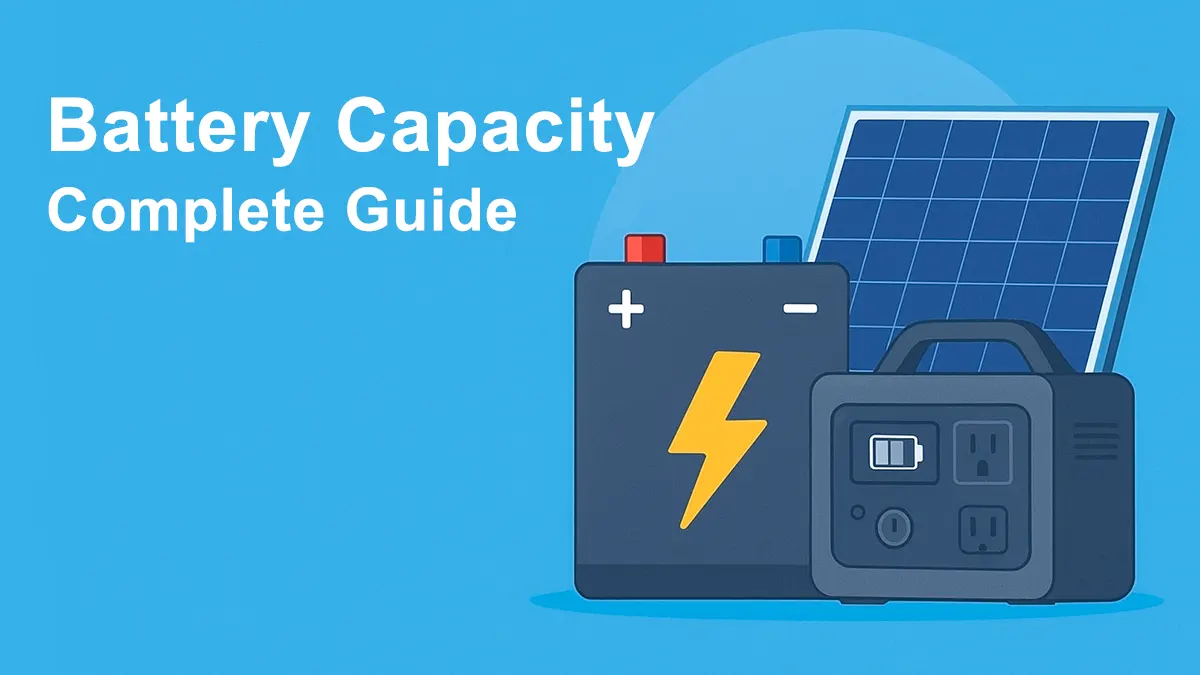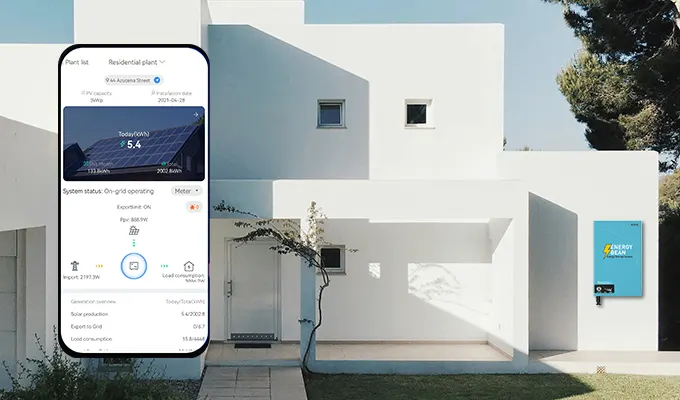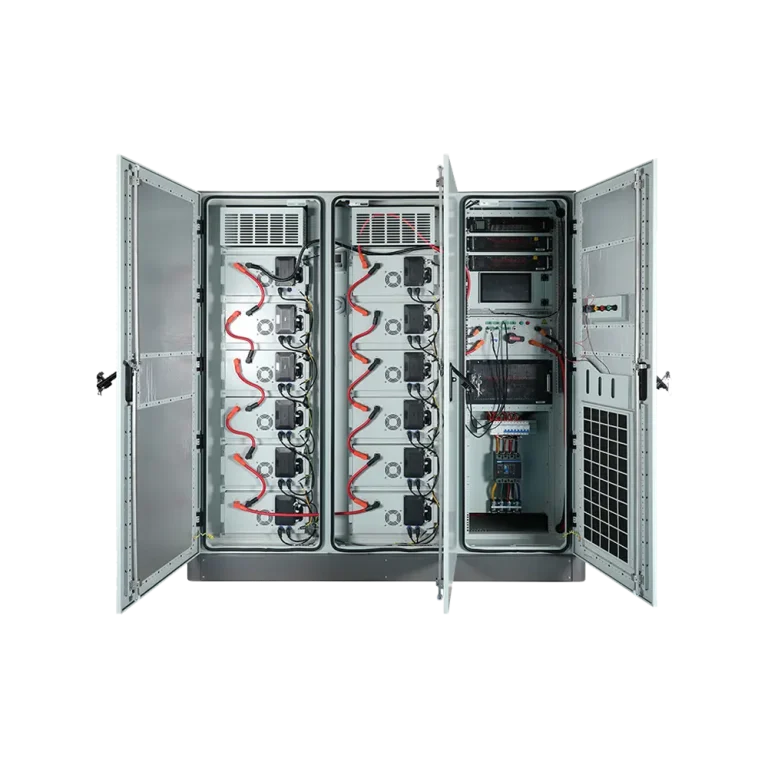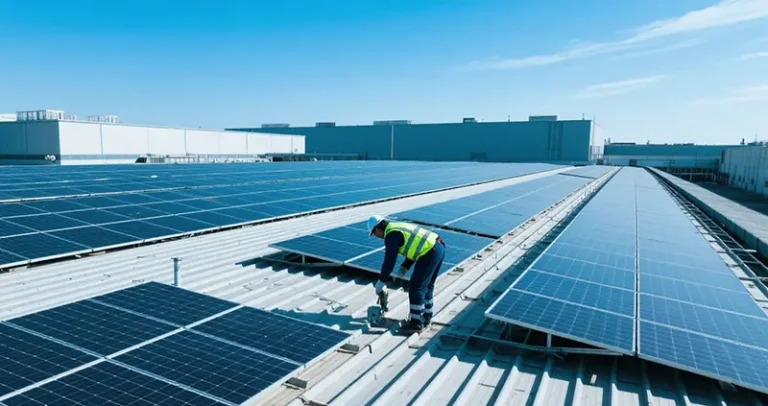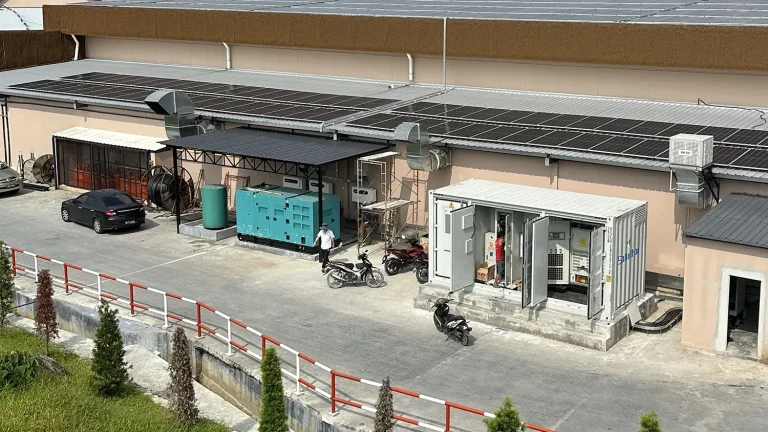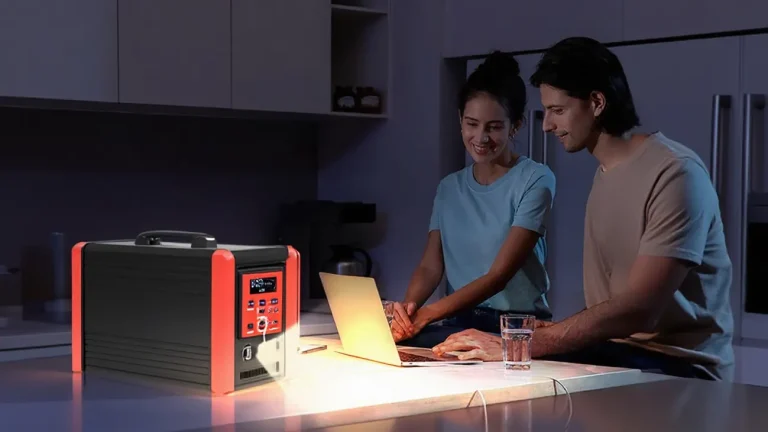25 December, 2024
What Are the Main Components of a Solar Power System
The main components of a solar power system include: photovoltaic modules, inverters, photovoltaic racking, power distribution equipment, cables and wiring, and an energy storage system (optional). Together, these form the core part of the system and determine power generation efficiency and system reliability.
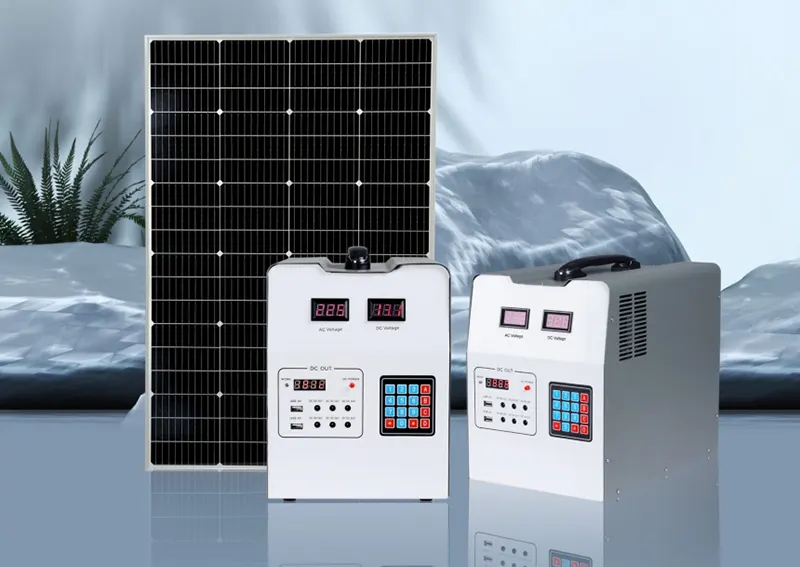
Photovoltaic Module
PV modules, which mainly convert solar energy (light energy) into direct current (DC), are the core part of the system and are usually made of monocrystalline or polycrystalline silicon.
Inverter
The inverter converts the direct current (DC) generated by the PV module into alternating current (AC) for use by the load or for connection to the grid, and is a necessary component in a grid-connected system, directly affecting system efficiency and stability.
Photovoltaic Racking
PV mounts support and fix solar panels to ensure the optimal tilt angle to maximise sunlight absorption.
Power Distribution Equipment
The main function of power distribution equipment is to distribute, control and protect electrical energy, mainly including distribution cabinets, fuses and circuit breakers.
Cables and wiring
Cables and wiring connect all components in a system and are used for power transmission and signalling. They can be categorised into DC cables and AC cables.
Energy Storage System
Energy storage systems store excess solar power for nighttime or cloudy day power. Common battery types include lithium iron phosphate (LiFePO4) and lithium ion batteries.
share

